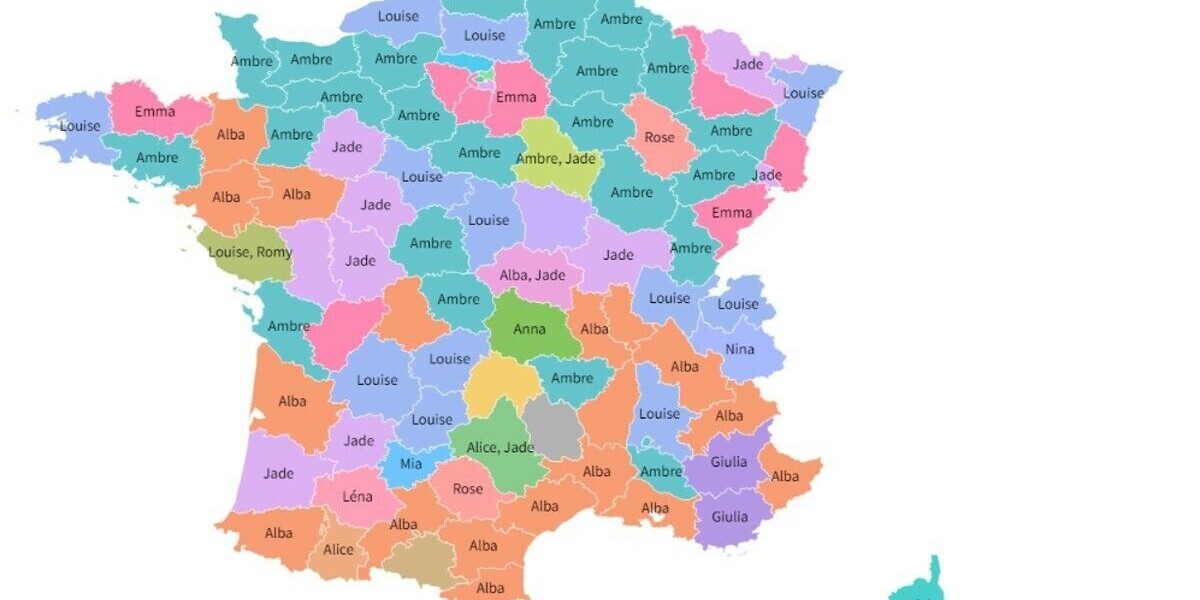- Select a language for the TTS:
- UK English Female
- UK English Male
- US English Female
- US English Male
- Australian Female
- Australian Male
- Language selected: (auto detect) - EN
Play all audios:
ABSTRACT This Practice Point commentary discusses a study by Ahmed _ et al_. that evaluated the effects of hormone replacement therapy (conjugated estrogen alone, progestin alone or a
combination of progestin and conjugated estrogen) on renal function in elderly community-dwelling postmenopausal women. The authors found that oral estrogen therapy in this population was
associated with accelerated decline in kidney function over a 2-year period. In addition, the cumulative amount of estrogen intake was dose-dependently associated with the rate of renal
functional decline. This commentary highlights the human and experimental evidence suggesting that endogenous and exogenous estrogen affect renal function, and discusses the possible
beneficial or detrimental effects of hormone supplementation on kidney function. Access through your institution Buy or subscribe This is a preview of subscription content, access via your
institution ACCESS OPTIONS Access through your institution Subscribe to this journal Receive 12 print issues and online access $209.00 per year only $17.42 per issue Learn more Buy this
article * Purchase on SpringerLink * Instant access to full article PDF Buy now Prices may be subject to local taxes which are calculated during checkout ADDITIONAL ACCESS OPTIONS: * Log in
* Learn about institutional subscriptions * Read our FAQs * Contact customer support REFERENCES * Silbiger SR and Neugarten J (2003) The role of gender in the progression of renal disease.
_Adv Renal Replace Ther_ 10: 3–14 Article Google Scholar * Silbiger S and Neugarten J (2008) Gender and human chronic renal disease. _Gend Med_ 5 (Suppl A): S3–S10 Article Google Scholar
* Ahmed SB _ et al_. (2005) Oral contraceptives, angiotensin-dependent renal vasoconstriction, and risk of diabetic nephropathy. _Diabetes Care_ 28: 1988–1994 Article CAS Google Scholar
* Monster TB _ et al_. (2001) Oral contraceptive use and hormone replacement therapy are associated with microalbuminuria. _Arch Intern Med_ 161: 2000–2005 Article CAS Google Scholar *
Agarwal M _ et al_. (2005) The relationship between albuminuria and hormone therapy in postmenopausal women. _Am J Kidney Dis_ 45: 1019–1025 Article CAS Google Scholar * Szekacs B _ et
al_. (2000) Postmenopausal hormone replacement improves proteinuria and impaired creatinine clearance in type 2 diabetes mellitus and hypertension. _BJOG_ 107: 1017–1021 Article CAS Google
Scholar * Ahmed SB _ et al_. (2008) Oral estrogen therapy in postmenopausal women is associated with loss of kidney function. _Kidney Int_ 74: 370–376 Article CAS Google Scholar
Download references AUTHOR INFORMATION Author notes * Montefiore Medical Center, Department of Medicine, 111 East 210th Street, NW 6, Bronx, NY 10467, USA [email protected] AUTHORS AND
AFFILIATIONS * Member of the Division of Nephrology and the Director of the Internal Medicine Residency Program in the Department of Medicine at the Albert Einstein College of Medicine and
Montefiore Medical Center, S Silbiger is a Professor of Clinical Medicine, Bronx, NY, USA., Sharon Silbiger Authors * Sharon Silbiger View author publications You can also search for this
author inPubMed Google Scholar ETHICS DECLARATIONS COMPETING INTERESTS The author declares no competing financial interests. RIGHTS AND PERMISSIONS Reprints and permissions ABOUT THIS
ARTICLE CITE THIS ARTICLE Silbiger, S. The effects of hormone replacement therapy on renal function. _Nat Rev Nephrol_ 5, 6–7 (2009). https://doi.org/10.1038/ncpneph0993 Download citation *
Received: 02 October 2008 * Accepted: 17 October 2008 * Published: 18 November 2008 * Issue Date: January 2009 * DOI: https://doi.org/10.1038/ncpneph0993 SHARE THIS ARTICLE Anyone you share
the following link with will be able to read this content: Get shareable link Sorry, a shareable link is not currently available for this article. Copy to clipboard Provided by the Springer
Nature SharedIt content-sharing initiative







